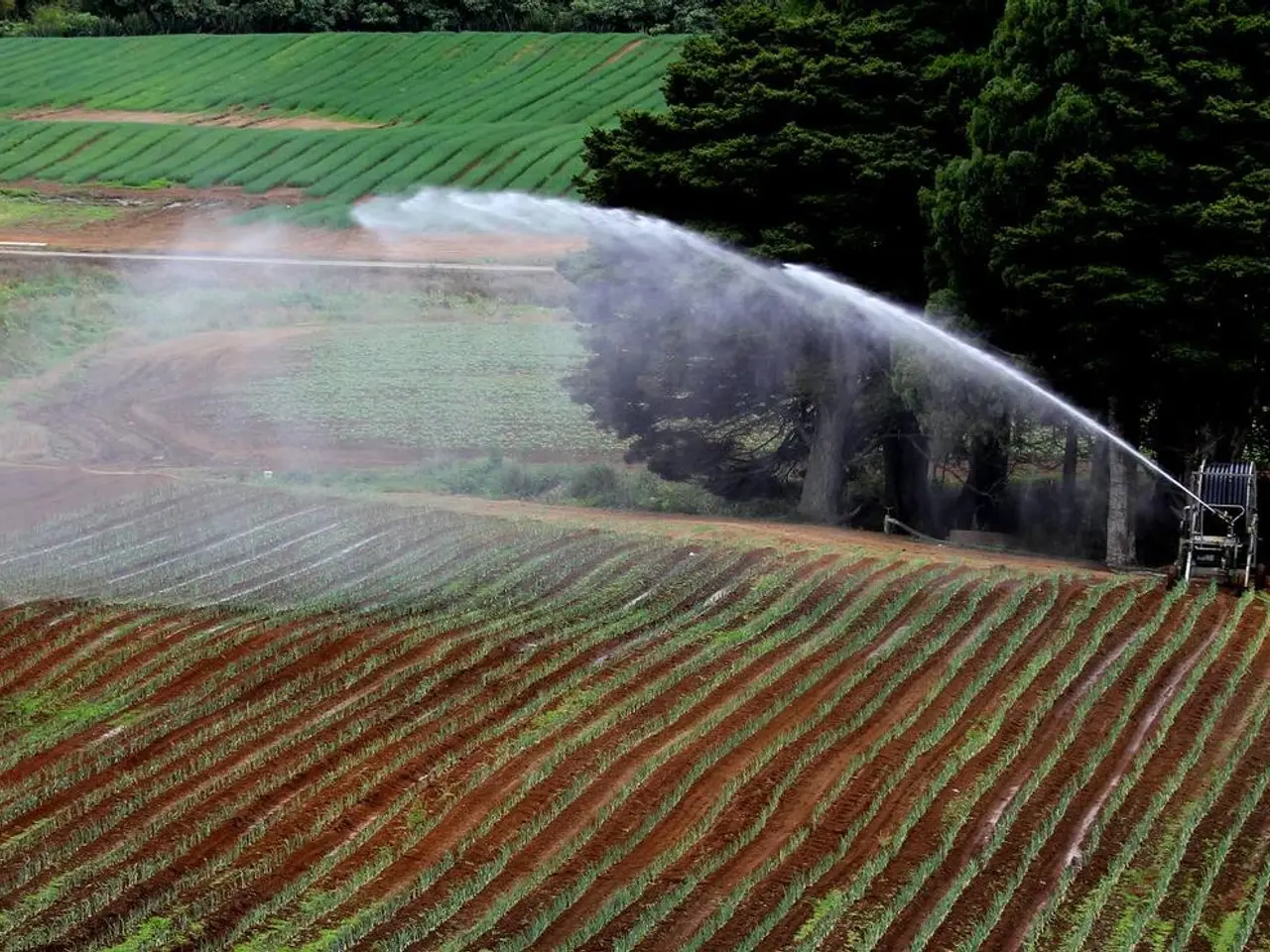Farmers Discover Profitable and Nutritious Option with Lablab Bean Cultivation
The Lablab bean, a crop native to Africa but naturalized across the tropics, including South and Central India, is proving to be a valuable asset in Indian agriculture. Known locally as avarai or sem, this crop is adaptable to both backyard cultivation and large-scale farming, making it a versatile choice for strengthening food security and income in rural households.
Lablab bean is cultivated widely in states like Tamil Nadu, Andhra Pradesh, Karnataka, Madhya Pradesh, and Maharashtra. It is valued for its nutritional properties, ease of growth, and suitability for mixed cropping. The crop is grown for its tender pods, used as a popular vegetable, and for its mature seeds, harvested as pulses.
Integrated pest management practices are the best strategies for sustainable lablab bean production. Farmers often use pre-emergence herbicides like pendimethalin followed by hand weeding for weed control. The crop faces pressure from pests such as aphids, pod borers, and leaf-eating caterpillars, and diseases like Cercosospora leaf spot and Rhizoctonia wilt.
Proper post-harvest handling ensures better market price for lablab bean. Harvesting depends on the purpose of cultivation, with tender pods plucked weekly for vegetable use and mature dry pods harvested for pulse production. Research institutions in India have developed improved varieties of lablab bean, such as Arka Jay, Arka Vijay, Pusa Early Prolific, Pusa Sem 2 and 3, CO 1 to CO 14, Hebbal Avare 1, 3, and 4.
Water management is crucial during the flowering and pod formation stages. Immediate irrigation after sowing and regular watering every 7 to 10 days are necessary. Lablab bean benefits from a balanced supply of nutrients. Farmers apply farmyard manure at about 12.5 tonnes per hectare to improve soil health. Fertilizer requirements vary under rainfed and irrigated conditions.
By paying attention to improved varieties and sustainable practices, lablab bean can remain a reliable crop for generations to come. Foliar sprays of potassium chloride during moisture stress can help the lablab bean crop recover. Bumblebees are more prevalent in lablab bean fields in landscapes with a high proportion of semi-natural habitats.
For bushy types, lablab is sown with a spacing of about one meter between ragi or sorghum when used as an intercrop. For pole types, seeds are sown in pits filled with decomposed leaves and cow dung. The sowing time of lablab depends on the region and rainfall, with most sowing happening during July to August or September to November.
Lablab bean, with its versatility, nutritional benefits, and sustainable production methods, is indeed a crop worth investing in for a secure and prosperous future of Indian agriculture.
Read also:
- Nightly sweat episodes linked to GERD: Crucial insights explained
- Antitussives: List of Examples, Functions, Adverse Reactions, and Additional Details
- Asthma Diagnosis: Exploring FeNO Tests and Related Treatments
- Unfortunate Financial Disarray for a Family from California After an Expensive Emergency Room Visit with Their Burned Infant








